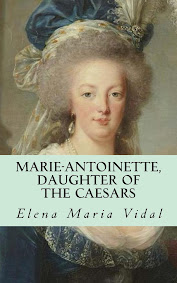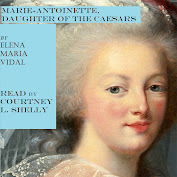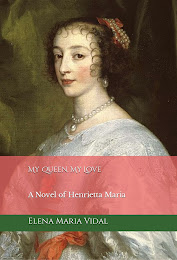Few movies capture men and women living by their wits as keenly as John Huston’s The Maltese Falcon. Seventy-five years after Huston leapt from screenwriter to writer-director with this swift, charismatic adaptation of Dashiell Hammett’s 1930 novel, the interplay of hard-bitten private eye Sam Spade (Humphrey Bogart) with a trio of elegant con artists—breathless prevaricator Brigid O’Shaughnessy (Mary Astor), exotic connoisseur Joel Cairo (Peter Lorre), and obese, diabolically articulate Kasper Gutman (Sidney Greenstreet)—flashes like sheet lightning. As they spar for possession of the golden, jewel-encrusted falcon created by the Knights Templar of Malta during the Crusades to pay homage to the King of Spain, they keep each other and the audience guessing about their tactics, motives, and morality.Share
In this game of existential charades, played for blood and money, you must constantly guess who these characters really are. O’Shaughnessy sometimes goes by “Wonderly” and “LeBlanc,” Gutman is referred to as “G” or “The Fat Man,” and the falcon itself is “the black bird,” camouflaged in ebony enamel. Huston anchors the story (as did Hammett) in Spade’s tough-minded professionalism, which makes no concessions to legality, politesse, passion, or compassion. To Brigid he’s “wild and unpredictable,” to Kasper he’s “an amazing character.” And to them, why wouldn’t he be? Honor among these thieves is strictly negotiable, and the cops on their tail are no savvier or more competent than a hotel house detective, maybe less so. When the competitors and sometime conspirators finally have the falcon in their grasp (or so they think), and their play-acting and flimflam fall away, what’s left is a remarkable group portrait of greed.
Yet the movie is no screed against avarice, but a dense, vivid tapestry of men and women zigging and zagging through an urban dream world. Its vision of San Francisco, created on the Warners lot and with stock footage, helped to define the ambiance of film noir, our great iconoclastic urban crime genre—Hollywood’s image-smashing alternative to mom-and-apple-pie Americana. Civic pride, romantic ideals, marriage and other sentimental partnerships—all get upended in film noir. So does the time of day. Cops crowd in on Spade at his apartment in the wee small hours of the morning. The climactic scene is a long night’s journey into day. A film noir like The Maltese Falcon can affect you in an overpoweringly sensual way; it makes you react viscerally to artificial light. Huston and his ace cinematographer, Arthur Edeson, streak interior scenes with ominous shadows, like those of an elevator gate closing on a felon who banked on getting away with murder. (Read more.)
Tota pulchra es Maria
4 days ago


















No comments:
Post a Comment